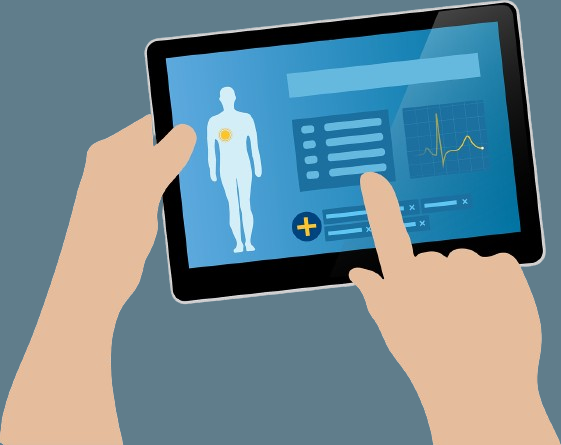
If your organization has access to patients' protected health information (PHI), which is basically any data that could connect a person with details about their health, then you're obligated to comply with HIPAA requirements. These are a set of data privacy and security laws that cover the ways that PHI is collected, stored, and shared.
PHI can be extensive and cover many different types of information. For example, someone's name, date of birth, vaccination status, the medications they take, and anything to do with their health would be considered PHI. Even someone's email address could count as PHI if it's linked with their health data since this makes it possible to identify them.
All this data is exactly the type of information that healthcare providers need to gather when new patients join their clinic, when a patient's care approach needs to change, or when someone has an urgent health incident. Clinic operators need efficient ways to collect this information while still complying with HIPAA standards.
Here are a few steps that can help covered entities procure patient intake information safely.
Secure All Your Data Communication and Storage Channels
The crucial first step is to make sure that all the methods you use for data collection and communication are secure.
Digital HIPAA-compliant forms can help since they are built with security provisions like encryption baked in, but they aren't enough on their own. The method you use to send the forms should be protected, so, for example, if you send forms by email, make sure to implement email encryption by default.
Electronic Health Record (EHR) systems, which store the data, also need to be defended against hacking attempts and malicious actors. Additionally, any physical data storage locations need to be safeguarded. For example, paper forms should be kept in locked cabinets, and office spaces need to be accessible only to people who are authorized to view your patient intake information.
Minimize Data Collection
HIPAA gives healthcare providers and other covered entities permission to collect only information that relates to the patient's care. In some circumstances, past checkups, previous vaccinations, or certain events in their medical history might not be needed.
The same applies to personal identifying information. For example, sometimes questions about where someone lives, their marital status, or their profession are relevant for their medical care, but not always.
It's important to regularly review your forms to check that they don't include unnecessary questions.
Obtain Explicit Patient Consent
Obtaining patient consent is a critical component of HIPAA compliance. Any intake form or process has to include easy-to-understand information about how the patient's information will be used, shared, and protected.
This includes explaining the types of data being collected, the purposes for which it will be used, and any third parties with whom the information may be shared.
Every patient needs to sign a clear, concise consent form that details these points and indicates that the patient understands their rights regarding their health information. It's important that the consent process is transparent and that patients know that they can revoke consent at any time.
Rigorously Control Data Access
Only authorized personnel should be allowed to access patient intake data. Best practices include applying role-based access controls (RBAC). For example, administrative staff may need access to patient contact details, while medical staff require access to clinical information.
You should also separate the data, keeping financial records and medical records in different places so you can control access to different types of information.
Make sure that data access is protected by strong authentication mechanisms to prevent unauthorized individuals from logging into the information. Employees need to use unique usernames and complex passwords, and multi-factor authentication (MFA) adds an extra layer of security.
Review Policies and Access on a Regular Basis
There's no room for complacency when it comes to HIPAA compliance. You need to frequently review and update your patient intake processes, PHI storage protocols, data sharing policies, and access permissions to make sure that they are appropriate for changing circumstances.
Look for any security gaps or vulnerabilities in your systems so that you can resolve them as quickly as possible.
This requires maintaining and viewing reliable audit trails, which record detailed information about every instance of data access, including the identity of the user, the date and time of access, and the specific data that was accessed. Regular reviews can help you spot any unauthorized access or suspicious activity quickly and address it before it escalates into a data breach.
Gather the Data You Need While Following Regulations
HIPAA compliance can add another layer of complexity to patient intake processes, but there's no reason why it should cause a serious roadblock. The right tools, policies, and procedures can even streamline the collection of patient intake information while ensuring that your healthcare practice always meets HIPAA standards.











